Ten of Glasgow's oldest buildings
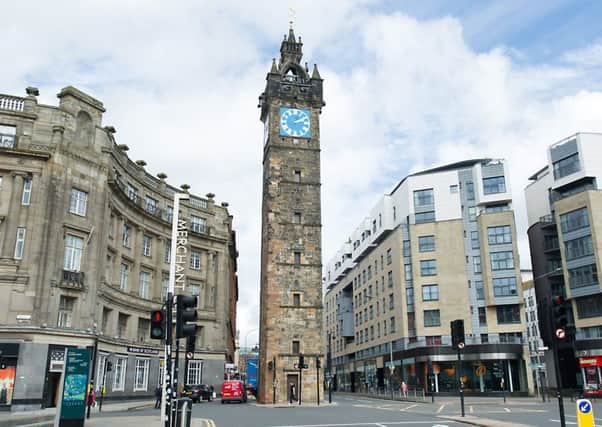

As elsewhere in Scotland, there are plenty of sites to go and visit in Glasgow for those who enjoy a bit of heritage. Here’s a list of ten of Glasgow’s best historic landmarks to get you started.
1. Glasgow Cathedral
Dating from the 12th century, the Scottish Gothic-style Glasgow Cathedral is said to be the burial site of St Mungo, the town’s patron saint. There is evidence that a place of worship has been located at this site for over 1,400 years.
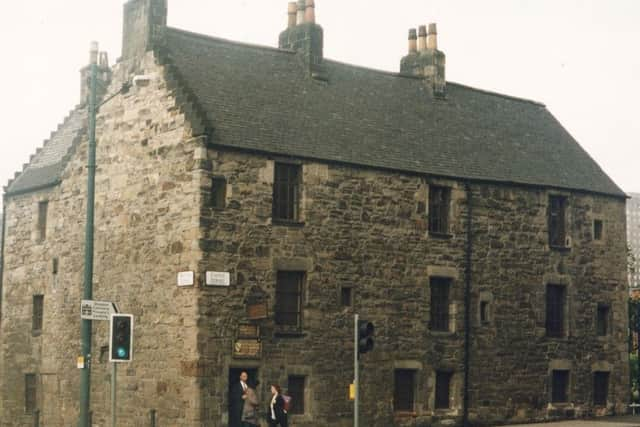

Advertisement
Hide AdAdvertisement
Hide AdOne of the most interesting facts about the cathedral is that it’s not a cathedral at all. Following the Scottish Reformation, the cathedral title was retained honorifically. A bishop has not had a seat here since 1690. Glasgow Cathedral is one of the very few examples of church buildings to have survived the Reformation without having its roof destroyed.
The cathedral’s current congregation is part of the Church of Scotland’s Presbytery of Glasgow, who often refer to it by its other names, the High Kirk of Glasgow, and St Kentigern’s or St Mungo’s Cathedral.
2. Crookston Castle
Situated on a Pollok hilltop just 4 miles south west of the city centre, Crookston Castle is one of Glasgow’s most valuable historic landmarks. The castle is surrounded by a deep defensive ring-ditch which dates from the 1100s. It is named after Sir Robert de Croc who also gave his name to the surrounding area. The original castle was constructed out of timber and earth, but this was replaced in the 15th century by a stone keep.
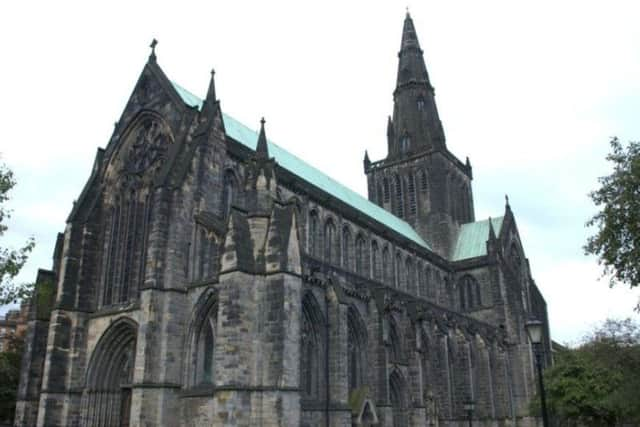

Crookston Castle survived bombardment in 1489 and was the subject of a siege in 1544. Today it is a Scheduled Ancient Monument and bears a Category A listing courtesy of Historic Environment Scotland. The building is the only-surviving medieval castle in Glasgow.
3. Provand’s Lordship
Stood at the head of Castle Street opposite Glasgow Cathedral is one of the city’s most interesting buildings, the Provand’s Lordship. Built in 1471 as part of St Nicholas’s hospital, it is often cited as the oldest house in Glasgow, though some claim this distinction should be handed to Easterhouse’s Provan Hall instead, as it is thought to have been constructed around 10 years earlier.
The Provand’s Lordship was just one of a large number of similar buildings which once existed in this area, though all of these have since been swept away. Today it is one of just four surviving medieval buildings to be found in Glasgow. The interior includes historic 17th century furniture donated by Sir William Burrell.
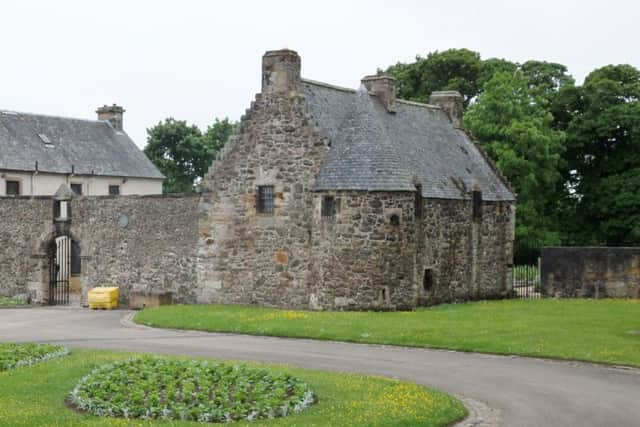

4. Provan Hall
Situated in Auchinlea Park, Easterhouse, Provan Hall is thought to be Glasgow’s oldest house, and could be up to a decade older than Provand’s Lordship on Castle Street.
Advertisement
Hide AdAdvertisement
Hide AdIt was built in the 1460s for the Prebendary of Barlanark who used the house as an administration centre from where he could control his estate. Over the centuries, “Prebend” was changed to “Provan”. Provan Hall remained family-owned until the 1930s and was eventually purchased by a group of businessmen before being handed over to the National Trust for Scotland. The house is regarded as one of the most important residential buildings in the country.
5. Old College Bar
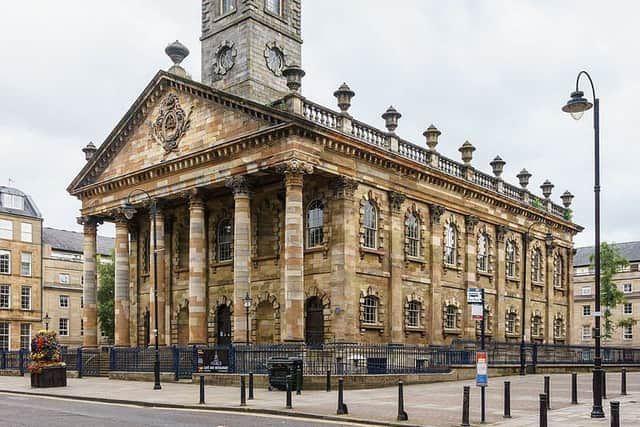

Located on the High Street, the Old College Bar is thought to be the oldest public house in Glasgow, with parts of the building dating back to 1515. A plaque above the entrance reads: “Glasgow’s oldest public house. Ancient staging post and hostelry”. The pub’s name is a reference to Glasgow University which, until 1870, was situated close by. The bar closed in 2013 after a dispute over unpaid bills. A planning application has since been submitted in favour of demolishing the vacant building for a new multi-million pound student accommodation project. Although developers have said that they aim to retain the building’s historic foundations in some form, campaigners have pledged to fight tooth and nail to save the Old College Bar from demolition. You might have to be quick if you want to catch this one...
6. Trongate Steeple
Built as part of a church in 1529, the Trongate Steeple is another of Glasgow’s finest historic gems. Members of Glasgow’s notorious Hell Fire Club burned down the church in 1793, leaving only the iconic steeple with its distinctive blue-faced clock tower standing. The steeple was then incorporated into a new church building designed by James Adam.
The building has been used as a theatre since the 1970s, with very few original features remaining on the inside. However, the Trongate Steeple has changed very little and remains one of the oldest and most valuable buildings in the city centre.
7. Haggs Castle and Pollok House
Located in the Pollokshields district of South Glasgow, Haggs Castle is a tower house dating from the 16th century. A stone plaque above the doorway states that the house was built in 1585 for Sir John Maxwell of Pollok and his wife. In the 18th century, the Maxwell family swapped Haggs Castle for Pollok House. Haggs was abandoned for a number of decades, but was restored during the 19th century and has since returned to private ownership.
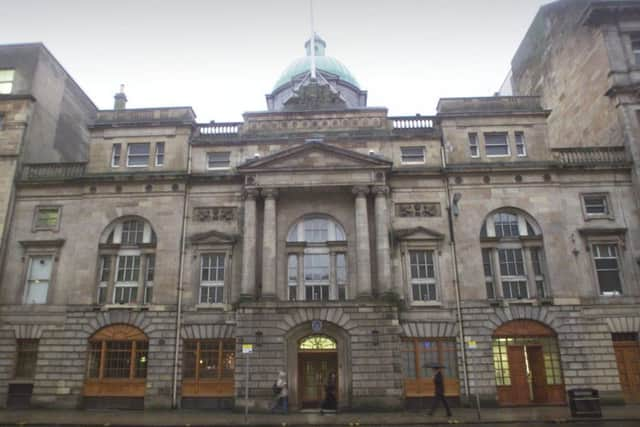

The Maxwell family line occupied Pollok House from when it was first built in 1752 until 1966 when it was gifted to the city.
It remains uncertain who is responsible for designing the house, though some say it was the architect William Adam - father of the great Robert Adam, who would go on to design much of late 18th century Edinburgh.
Advertisement
Hide AdAdvertisement
Hide AdToday, Pollok House is open to the public for most of the year. One of Pollok House’s owners, Sir John Stirling, was a founding member of the National Trust for Scotland, the property’s current custodians. A great collection of Spanish art adorns the interior of Pollok House. The collection was amassed by John Stirling Maxwell’s father William, who developed a strong love for Spanish culture after touring Europe extensively in the 1840s.
8. Tolbooth Steeple
One of the Glasgow’s most recognisable ancient landmarks, the Tolbooth Steeple was built in 1626 at Glasgow Cross. The distinctive stone steeple and clock tower is all that remains of the old Tolbooth buildings which were pulled down in 1921. These buildings were once home to the Town Clerk’s office, the council hall and the city prison, and it was outside the Tolbooth where witches and criminals met their end - usually by hanging. The exterior of the steeple was once ‘decorated’ with spikes to display the heads of those who had been executed.
The Tolbooth was the site of the Glasgow City Chambers until 1814, when the council moved to the Saltmarket before relocating again to George Square. The historic Mercat Cross, first erected at Glasgow Cross in the 17th century, is located nearby. When the Tolbooth Steeple was first built, Glasgow had a population of just 7,000.
9. St Andrew’s in the Square
Completed between 1739-1756, St Andrew’s in the Square is the fourth oldest church building in Glasgow, after Glasgow Cathedral, the Trongate Steeple and St Andrew’s-by-the-Green. Built using money from the city’s Tobacco Lords, the church was the first Presbyterian church to be constructed post-Reformation, and is widely considered to be among the finest neoclassical church buildings in Britain. After a failed invasion of England in 1745, Bonnie Prince Charlie’s Jacobites camped within the church while it was still under construction. The building is now owned by the Glasgow Preservation Trust. St Andrew’s in the Square paved the way for other prominent buildings finished in a similar style, such as the townhouse of William Cunninghame on Exchange Square (built 1778 - now the Gallery of Modern Art), and Hutchesons’ Hall on Ingram Street (1802-1805).
10. Trades House
Designed by Robert Adam and built between 1791-94, Glasgow’s Trades House is the oldest building in the city other than the cathedral which is still used for its original purpose. The building occupies a prominent site on Glassford Street and was completed at a cost of almost £8,000 - a tremendous sum of money at the time. Its handsome Palladian-style facade bears the hallmarks of its distinguished architect, the great Robert Adam, and it wouldn’t look out of place in Edinburgh’s New Town.